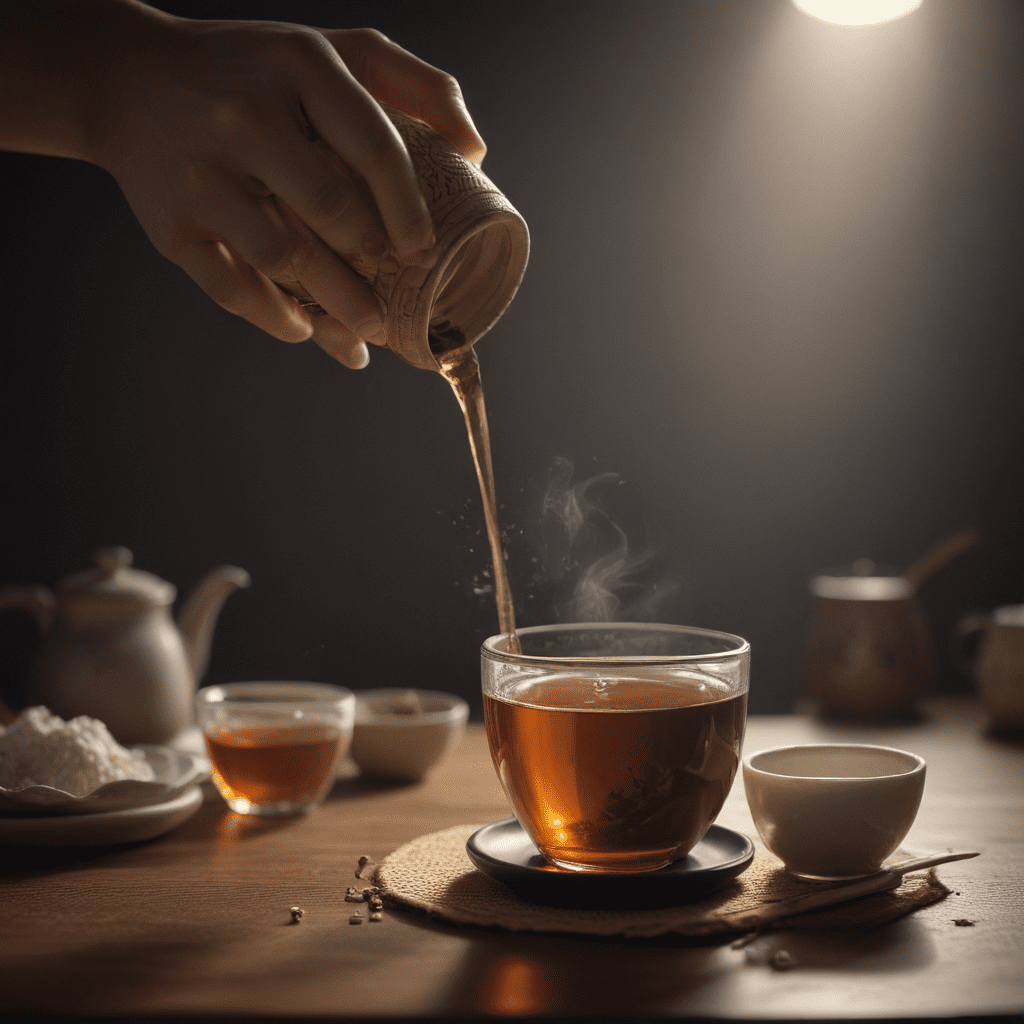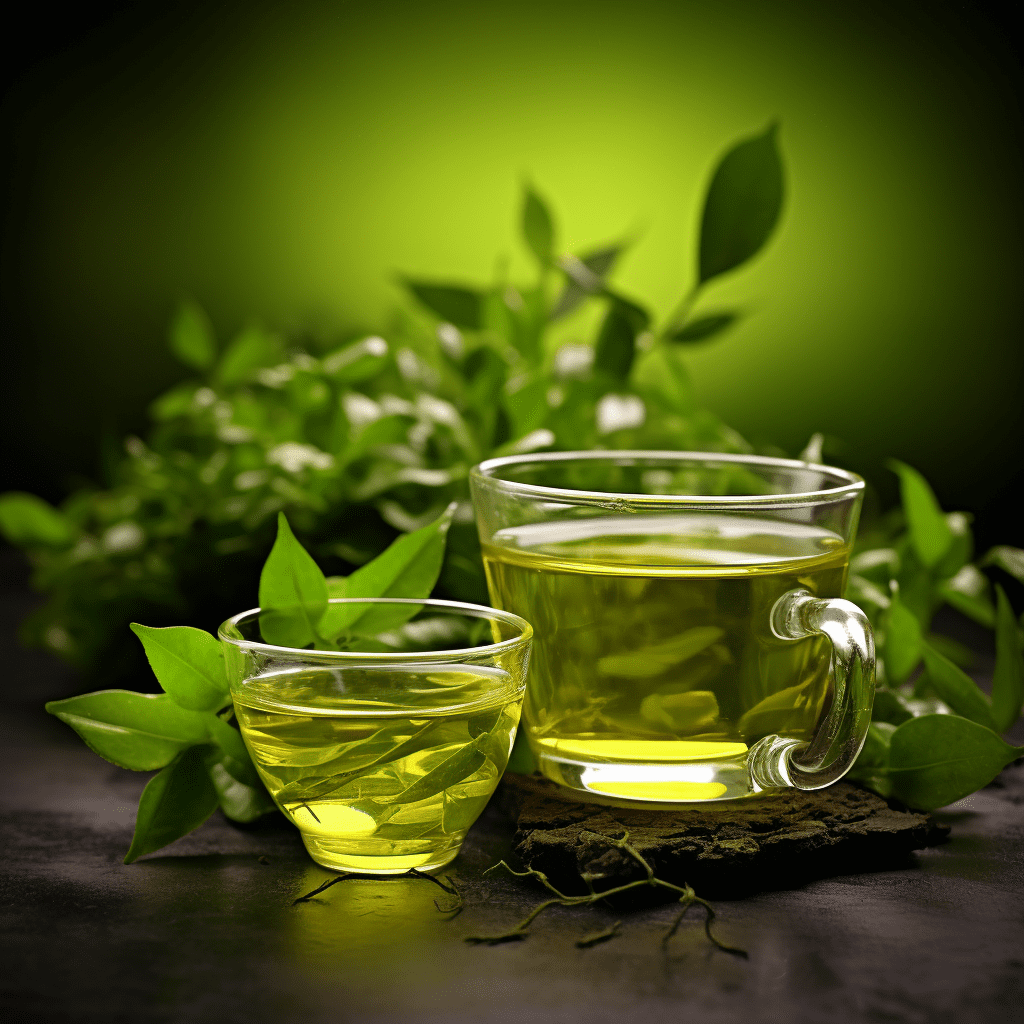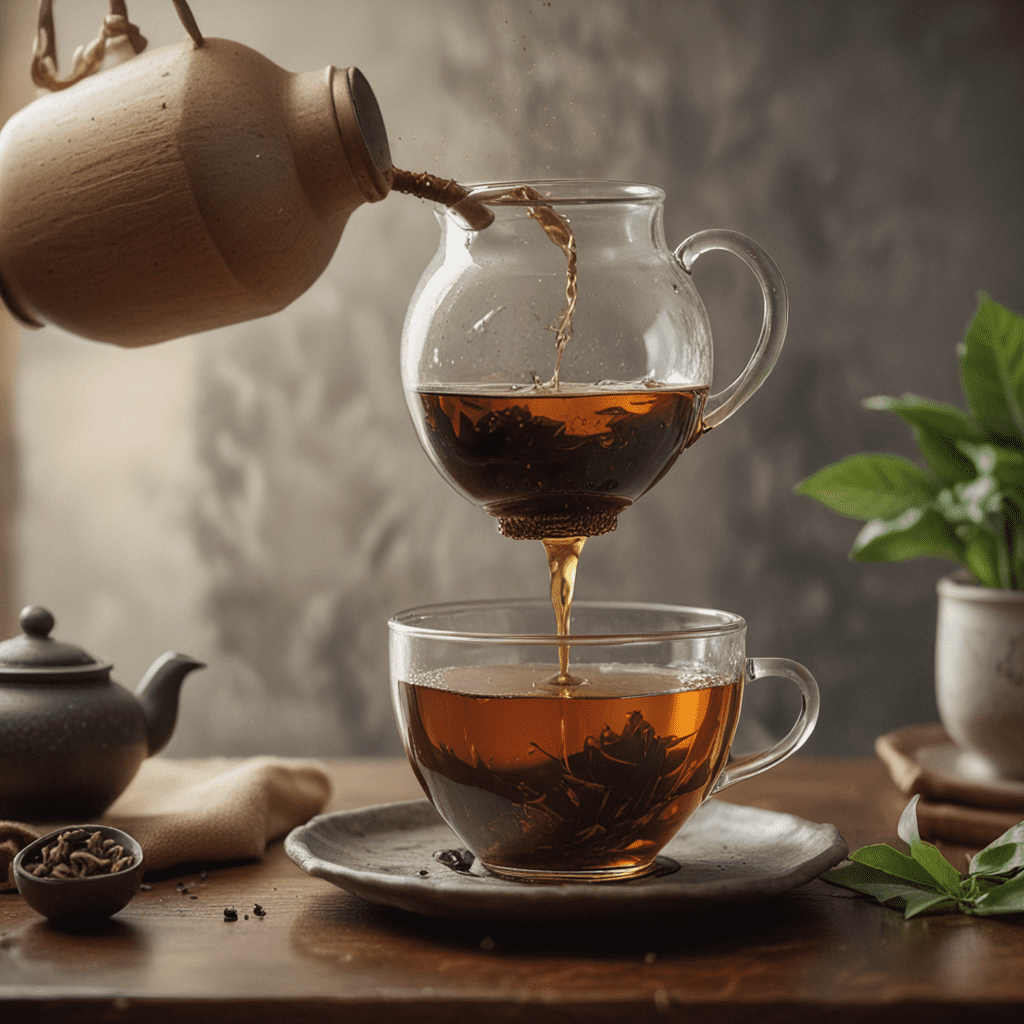The Art of Tea Brewing: Chinese Techniques and Rituals
## Introduction
The art of tea brewing, with its deep roots in Chinese tradition, is a captivating blend of cultural refinement and sensory delight. For centuries, Chinese tea masters have meticulously crafted tea brewing techniques that enhance the flavor, aroma, and health benefits of this beloved beverage. This guide delves into the intricacies of Chinese tea brewing, exploring the historical origins, tea varieties, traditional ceremonies, and the essential elements that culminate in a truly exquisite tea experience.
## Historical Origins of Chinese Tea Culture
The origins of Chinese tea culture can be traced back to ancient legends, dating back over 5,000 years. According to one legend, the Chinese emperor Shennong accidentally discovered tea's invigorating effects when leaves from a wild tea tree fell into his boiling water. From this humble beginning, tea gradually gained recognition as a medicinal herb and, eventually, a cherished beverage enjoyed by both commoners and royalty. Over the centuries, tea cultivation and brewing methods were refined, giving rise to the sophisticated tea culture we witness today.
## Types of Chinese Tea and Their Characteristics
Chinese tea is renowned for its vast diversity, with six primary categories based on processing methods: green tea, white tea, yellow tea, oolong tea, black tea, and dark (fermented) tea. Each type exhibits unique flavor profiles, aromas, and health-promoting properties.
- Green tea: Characterized by its minimal processing, green tea retains its fresh, grassy flavors and high antioxidant content.
- White tea: Made from young tea leaves harvested before they fully open, white tea offers a delicate, slightly sweet taste and a high concentration of antioxidants.
- Yellow tea: Produced using a unique wilting and drying process, yellow tea possesses a subtle floral aroma and a mild, mellow flavor.
- Oolong tea: Partially oxidized, oolong tea bridges the gap between green and black tea, exhibiting a wide range of flavors from floral to fruity.
- Black tea: Fully oxidized, black tea boasts a robust, malty flavor and a higher caffeine content compared to other types.
- Dark (fermented) tea: Undergoing a microbial fermentation process, dark tea develops unique earthy flavors and a high content of beneficial bacteria.
## The Gongfu Tea Ceremony
The Gongfu tea ceremony, a traditional Chinese tea ritual, elevates tea brewing to an art form. Originating in the Song Dynasty (960-1279), this refined practice involves the use of specialized teaware, precise measurements, and meticulous techniques to create an immersive tea experience. The ceremony encompasses multiple rounds of brewing, each showcasing the subtle nuances of the tea's flavor and aroma.
## Teaware and Utensils
The choice of teaware plays a crucial role in the tea brewing process. Traditional Chinese teaware is crafted from various materials, including porcelain, ceramic, and cast iron, each imparting unique qualities to the tea. Essential utensils include a teapot, cups, a tea strainer, and a tea scoop, ensuring precision and control throughout the brewing process.
Water Quality and Temperature
Water plays a fundamental role in tea brewing, significantly influencing the tea's flavor and character. Ideally, purified or filtered water should be used to ensure a clean, neutral base. The optimal water temperature varies depending on the tea type. Green and white teas require cooler water (70-80 degrees Celsius) to preserve their delicate flavors, while oolong, black, and fermented teas can withstand higher temperatures (85-100 degrees Celsius).
Leaf-to-Water Ratio and Steeping Time
Determining the correct leaf-to-water ratio and steeping time is crucial to achieving the desired flavor intensity. Green and white teas generally call for a lower ratio of leaves to water, while oolong, black, and fermented teas can handle a higher proportion of leaves. Steeping time varies based on the tea's characteristics, with green and white teas requiring shorter infusions (2-3 minutes) compared to oolong and black teas (4-5 minutes) and fermented teas (5-10 minutes or more). Experimenting with these variables allows for customization of tea strength to personal preference.
Pouring and Serving Techniques
The art of pouring and serving Chinese tea is imbued with cultural significance and etiquette. Traditionally, the teapot is held close to the cup to prevent spills and ensure a continuous flow. Pouring the tea in a circular motion helps distribute heat and flavor evenly. The tea is typically poured into small cups, allowing guests to enjoy its aroma before sipping slowly and appreciating the subtle nuances of its taste. Leaving some space at the top of the cup is considered respectful, as it symbolizes leaving room for friendship.
Tea Rituals and Etiquette
Chinese tea rituals and etiquette reflect centuries-old cultural practices. The Gongfu茶 ceremony is a highly refined ritual, often practiced by seasoned茶 enthusiasts, and involves meticulous attention to every detail, from preparing the茶 leaves and utensils to serving and sharing it. Other common茶 rituals include morning茶 gatherings and afternoon tea breaks, which provide opportunities for social connection, relaxation, and sharing the joy of tea. Understanding and observing tea etiquette, such as offering the seat of honor to guests and showing appreciation to the茶 host, is essential to navigating these cultural experiences.
Cultural Significance and Modern Relevance
Chinese茶 culture is deeply intertwined with Chinese history, philosophy, and art, holding significant cultural and symbolic value. Tea has long been revered for its medicinal and revitalizing effects, and it has played an important role in traditional Chinese medicine. The茶 ritual has also served as an integral part of Chinese social and cultural gatherings, facilitating communication, building relationships, and fostering harmony. In modern times, Chinese茶 culture continues to evolve, finding new expressions in tea art, tea tourism, and the growing global appreciation of its health benefits and unique flavors.


